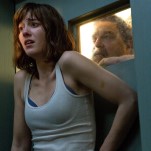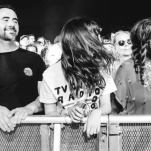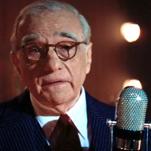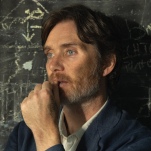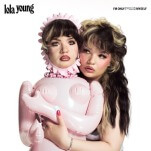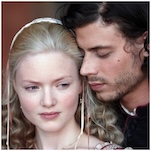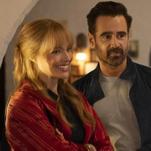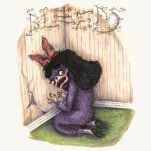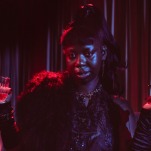The Lord of the Rings: The Rings of Power Is a Gorgeous, Welcome Return to Middle-Earth
Photo Courtesy of Amazon Prime Video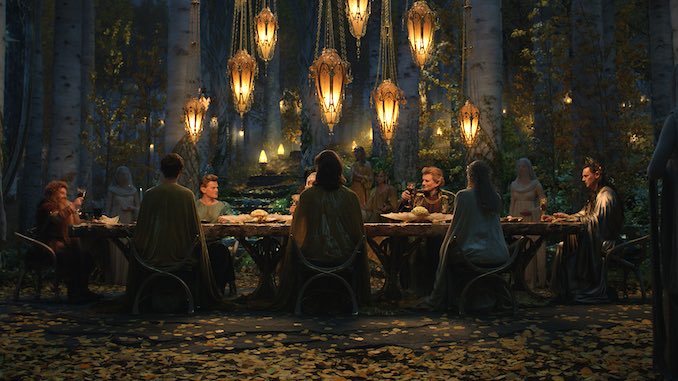
It’s hard to overstate the cultural impact of author J.R.R. Tolkien, whose The Lord of the Rings trilogy—along with The Hobbit, The Silmarillion, various appendices, ancillary notes, and assorted scribbles centered on his world of Middle Earth—essentially came to define the idea of epic fantasy fiction. Though its first volume, The Fellowship of the Ring, was initially published in 1954, the impact of the trilogy has been keenly felt throughout the decades that have followed, in media ranging from books and music to feature films and videogames. And, of course, we’re all familiar with Peter Jackson’s Oscar-winning series of films, which basically turned even the most casual of fantasy nerds into deep lore experts on hobbits and orcs. (Though I think we can all agree that the actual The Hobbit films should really have just been a single movie.)
Given all that, perhaps it was always inevitable that a Lord of the Rings-adjacent series would come to television one day. After all, it’s one of the last great fantasy franchises that still doesn’t have a television counterpart (I mean, heck, even Neil Gaiman’s The Sandman finally made it to Netflix earlier this year) and it’s got the kind of built-in name recognition that even the savviest of marketing campaigns can’t create. But could anything live up to what we’ve seen before? After all, if you come at the king—or The Return of the King, in this case—you best not miss.
Prime Video’s The Lord of the Rings: The Rings of Power doesn’t miss. Or, at least, it doesn’t in the first two episodes that critics were given to review (out of a total of eight). Yes, there’s still a not insignificant chance that the series’ rich, laboriously slow build will ultimately turn out to be a road to nowhere or that it will stray too far from Tolkien’s original story. (Much of this show is only loosely based on his work at the best of times.) But in just two episodes, The Rings of Power has made me a believer, enough that I’ll be very happy to see this road go (ever on and) on for several more seasons to come.
Set during the Second Age, The Rings of Power takes place thousands of years before the events of Jackson’s movies, but its primary narrative will feel fairly familiar regardless. And part of the reason for that is it’s essentially the story that Cate Blanchett’s Galadriel tells via voiceover at the start of those films. (That Galadriel herself—here played by a luminous Morfydd Clark—is one of the main characters of this series is the sort of symmetry I think Tolkien himself would have appreciated.) As the title implies, The Rings of Power is technically about the Dark Lord Sauron’s rise and the forging of the great rings meant to seduce Middle Earth to his whims, but it’s the intimate, personal nature of the way the show chooses to tell that story that will stick with you well after the episode credits roll.
Don’t get me wrong, The Rings of Power is positively massive in scope, easily dwarfing any expectations most viewers had for it, and boasting the sort of visuals that go a long way to justifying that hefty billion-dollar price tag we’ve all read so many dire industry forecasts about. And the show has an ambitious story to match its visuals, deftly weaving together at least half a dozen major plots and twice that many main characters across a rich and fully lived-in landscape, one that spans from the northernmost wastes of Forodwaith to the Southlands that will one day be called by the much darker name of Mordor.
-

-

-

-

-

-

-

-

-

-

-

-

-

-

-

-

-

-

-

-

-

-

-

-

-

-

-

-

-

-

-

-

-

-

-

-

-

-

-

-



